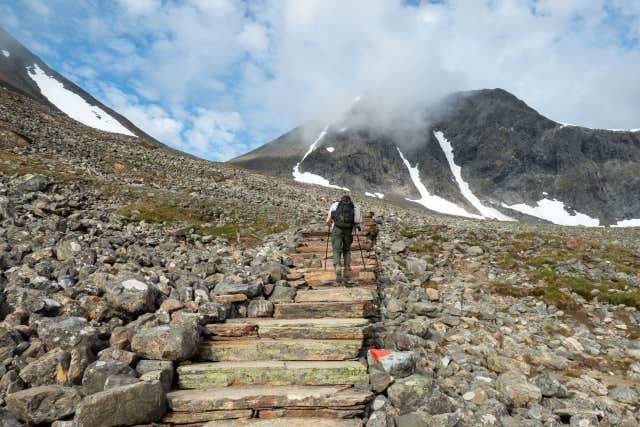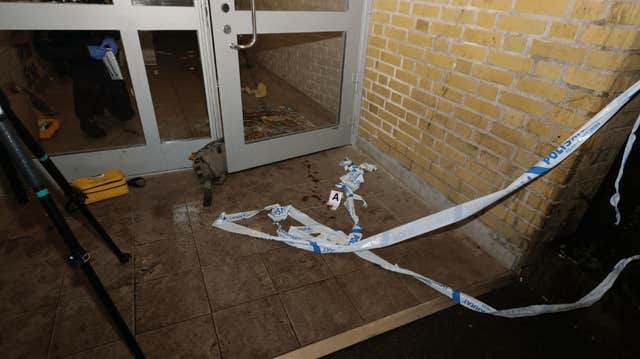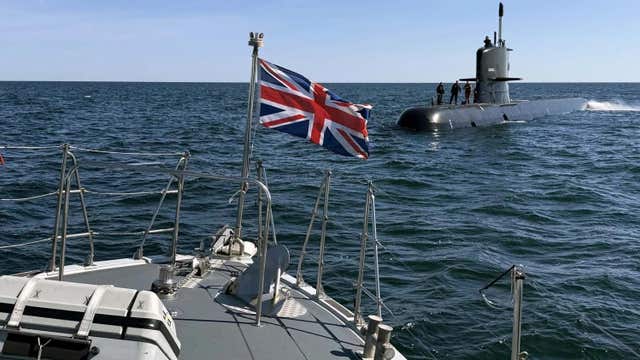STF stops guided Kebnekaise tours along the Eastern Trail
STF cancels its guided Kebnekaise tours via the Eastern Trail.
The reasons are increased risk of rockfalls, glacier cracks and unpredictable snow and ice conditions.
Instead, the route goes via the longer Western Trail. News, reports and analyses in Sweden and around the world.
Climbing Sweden’s highest mountain, Kebnekaise, is a popular summer activity. But now the Swedish Tourist Association (STF) is making changes to its guided tours to the summit.
STF writes in a press release that in recent years they have seen changes in the terrain – especially along the Eastern Trail.
This involves an increased risk of rockfall, larger glacier cracks and more unpredictable snow and ice conditions, as the glacier melts faster.
Reroute via the Western Trail
Therefore, guided tours via the Eastern Trail are now being canceled during the summer of 2025, in order to begin work on gaining “a greater understanding of these new conditions and how they affect”.
“a greater understanding of these new conditions and how they affect”
– The safety of our guests and employees is always in focus, says Maria Persson, operational mountain manager at STF, in a comment.
STF will instead offer guided tours via the Western Trail. Anyone who does not take advantage of this can cancel and receive a full refund.
Most people hike alone
The Western Trail is the most common route to the summit, and is 18 kilometers round trip. It is longer than the Eastern Trail’s 15 kilometers, but less technically demanding. Most people choose to climb Kebnekaise on their own – via the Western Trail: according to STF, “only” about a thousand people participate in the guided tours to the summit during the summer, compared to 20,000 guest nights at Kebnekaise Mountain Station and almost as many campers.
In addition, STF states that it is a cold start to the season this year, where the remaining snow cover “easily gives a false impression of safety when cracks and wells are not visible”. This is in contrast to the warm and early summer last year, when an average of 3.5 meters of ice melted away.





